A Comparative Analysis of Criminal Risk Assessment Tools
VerifiedAdded on 2022/07/27
|19
|1707
|30
Report
AI Summary
This report provides an in-depth examination of risk assessment tools within the criminal justice system, focusing on their role in predicting reoffending. It differentiates between structured and unstructured risk assessments, highlighting the increasing prevalence of structured methods. The core of the report delves into two primary structured tools: the Actuarial Decision Making tool, which employs algorithms and statistical data to predict risk, and the Structured Professional Judgment tool, which incorporates professional judgment alongside defined risk factors. The report analyzes the application of these tools, particularly in assessing sexual offenders and adolescent offenders. It then explores the validity, reliability, and limitations of each tool, including a comparative analysis of their similarities and differences, and presents case studies illustrating their practical application. The report concludes by emphasizing the importance of these tools in enhancing the accuracy of judgments regarding future criminal behavior, and minimizing the impact of potential biases. The report also includes a bibliography of the sources used.
1 out of 19
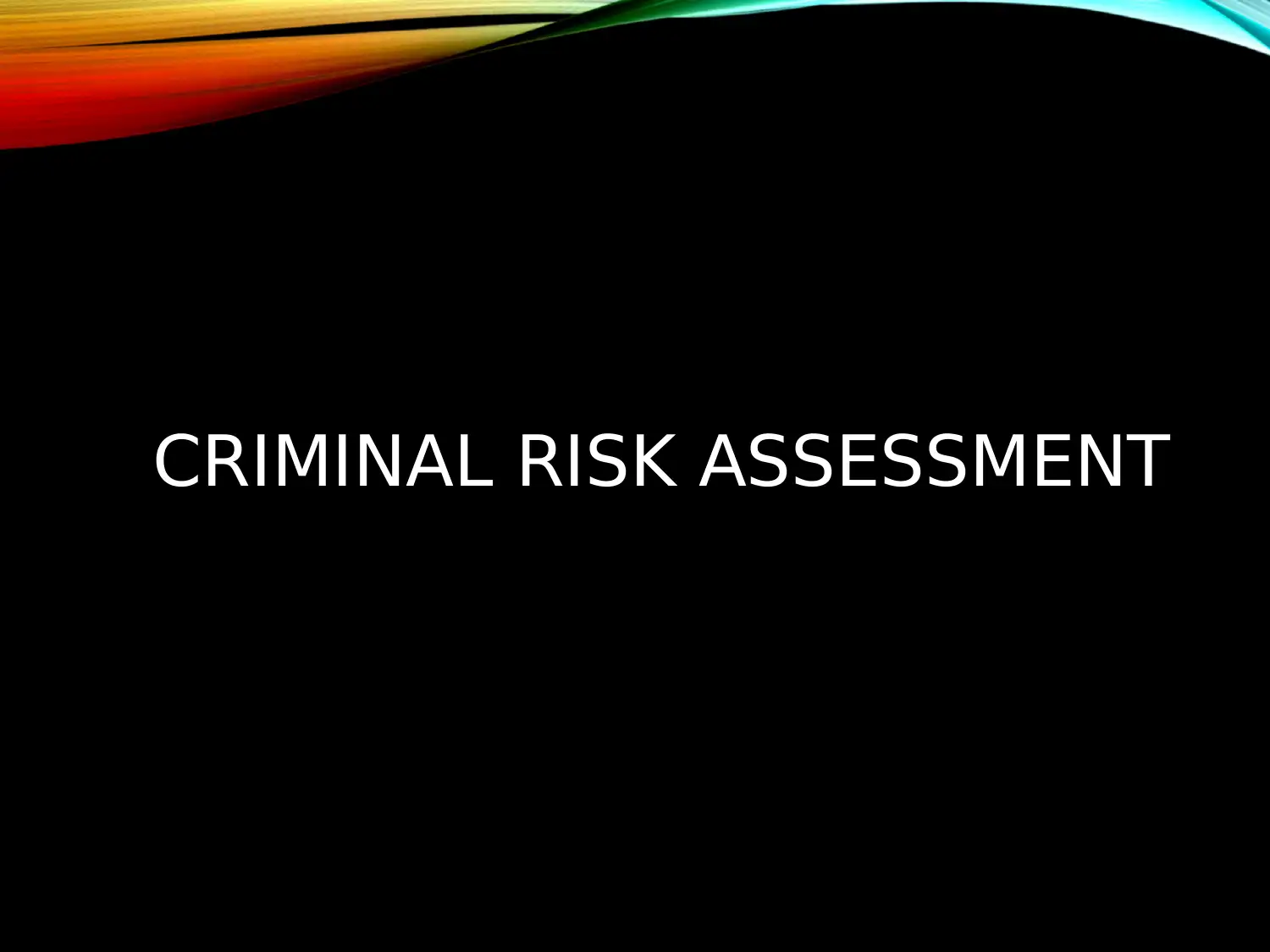
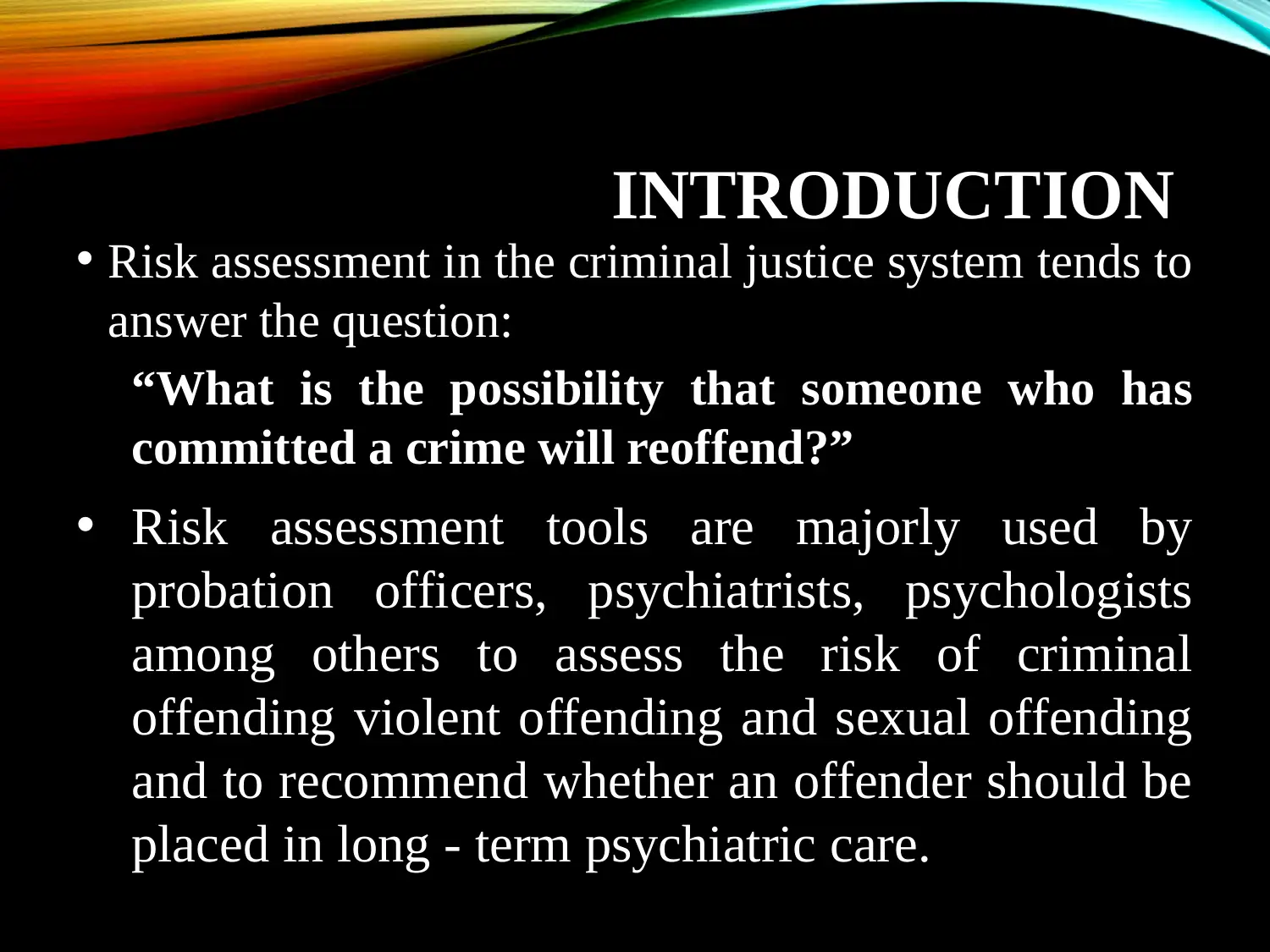
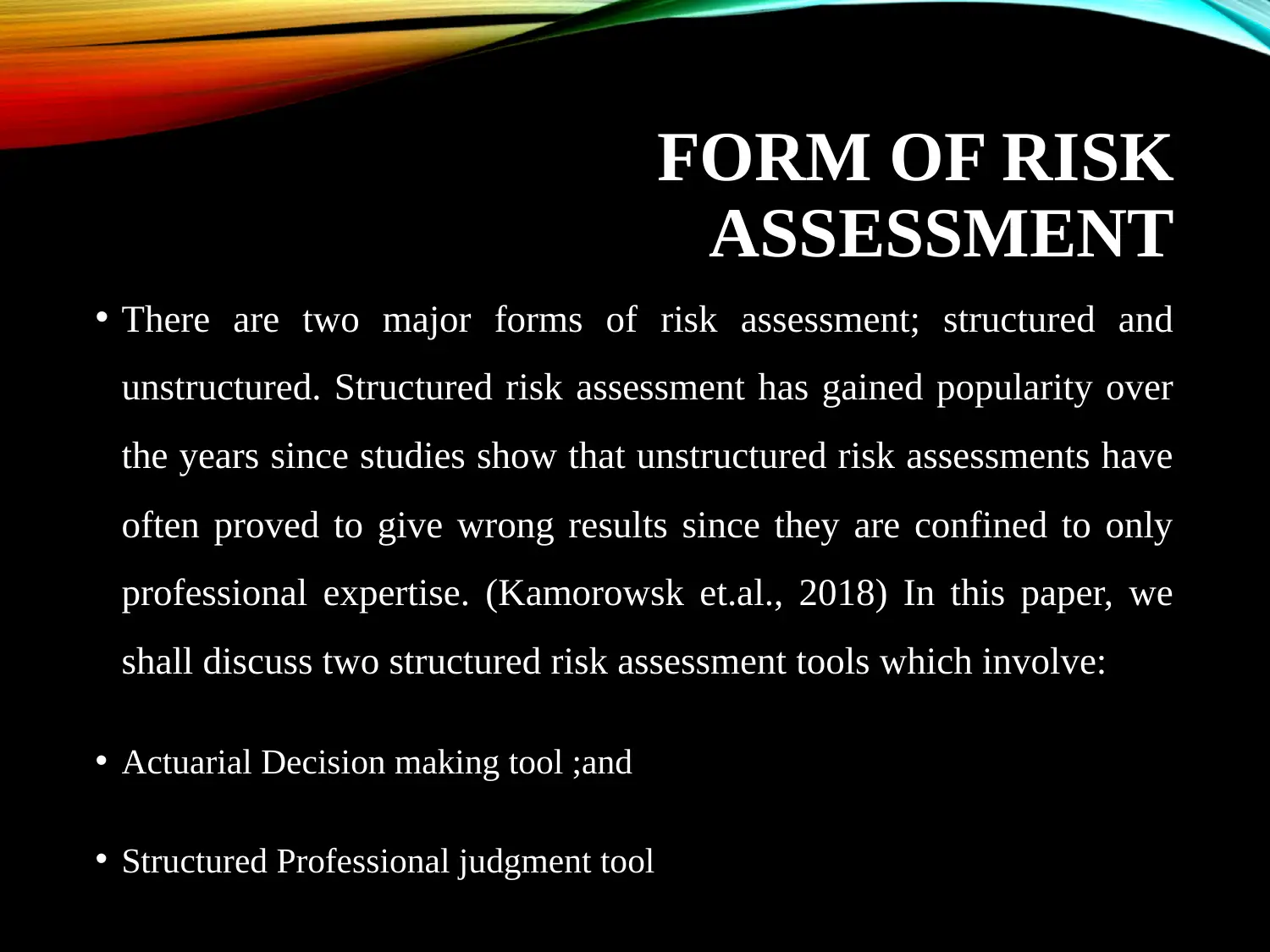


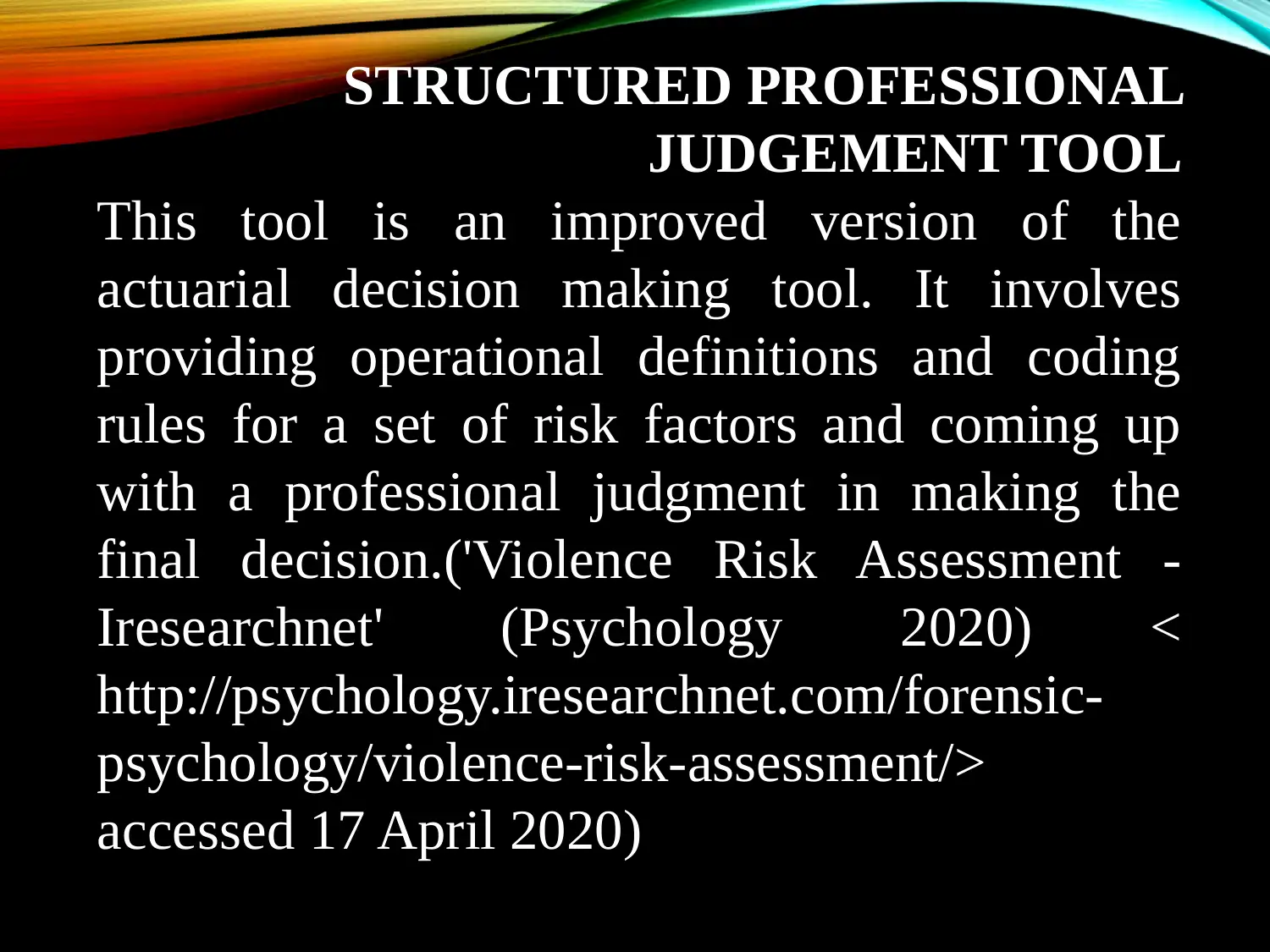
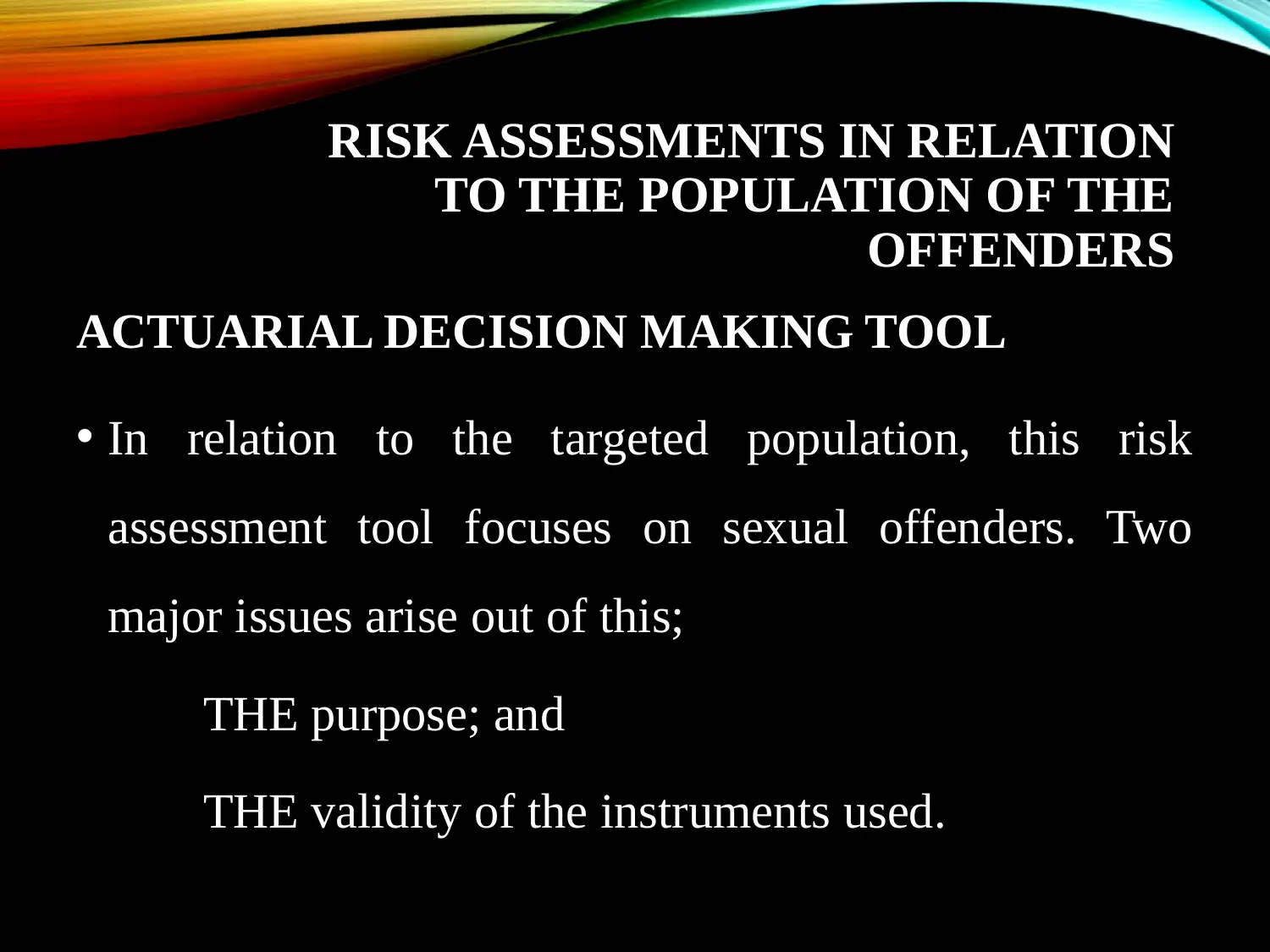
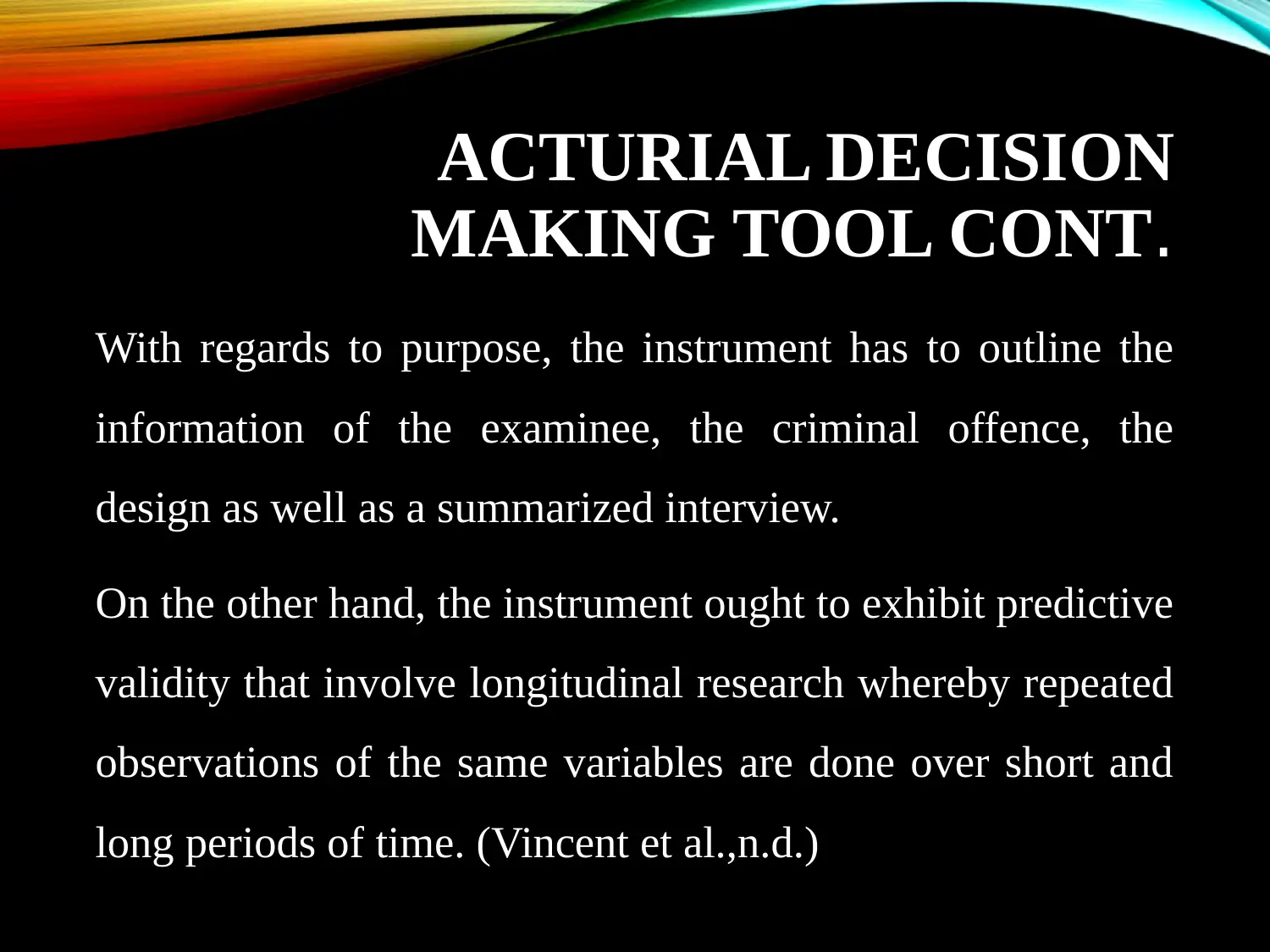
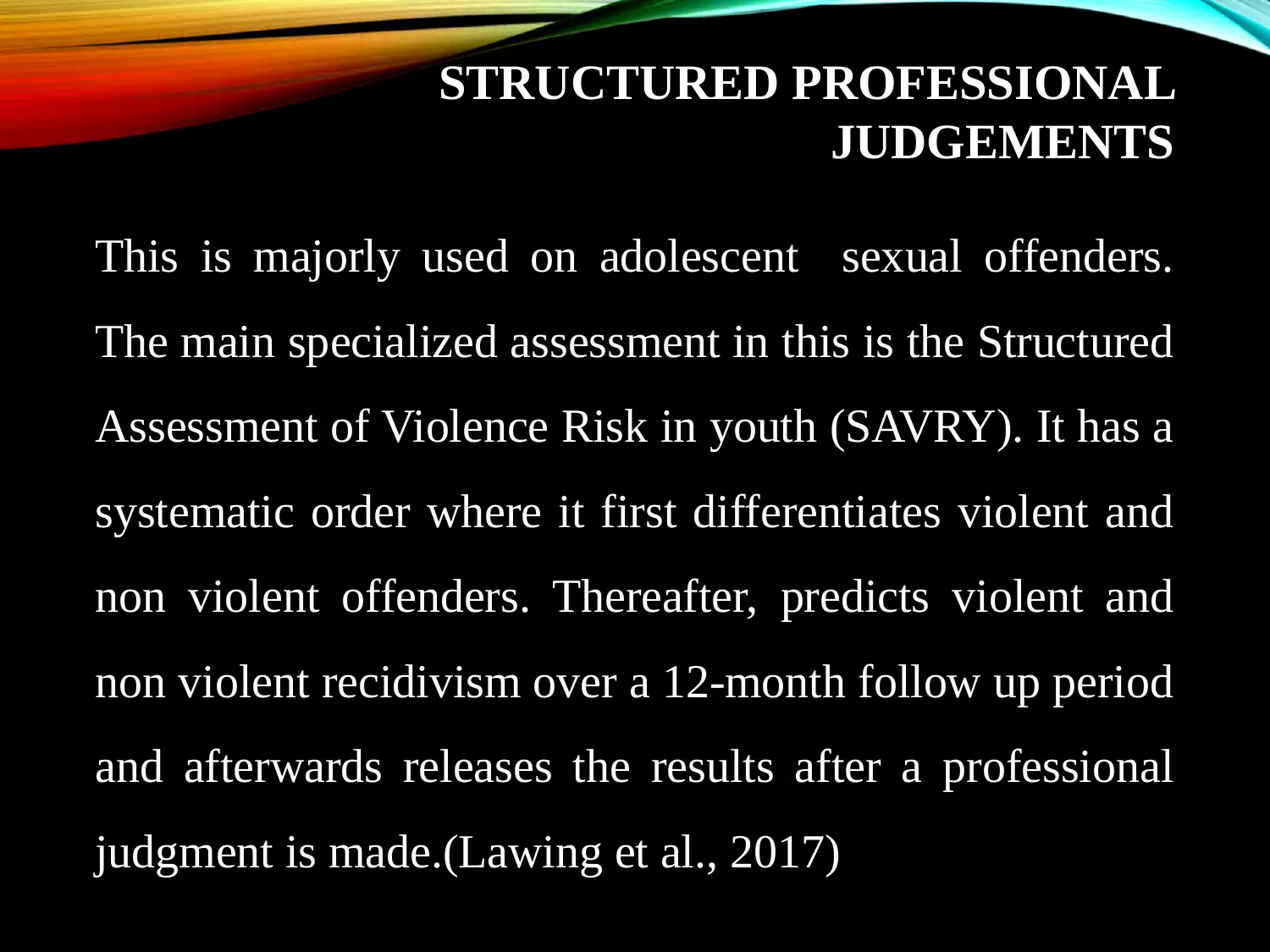
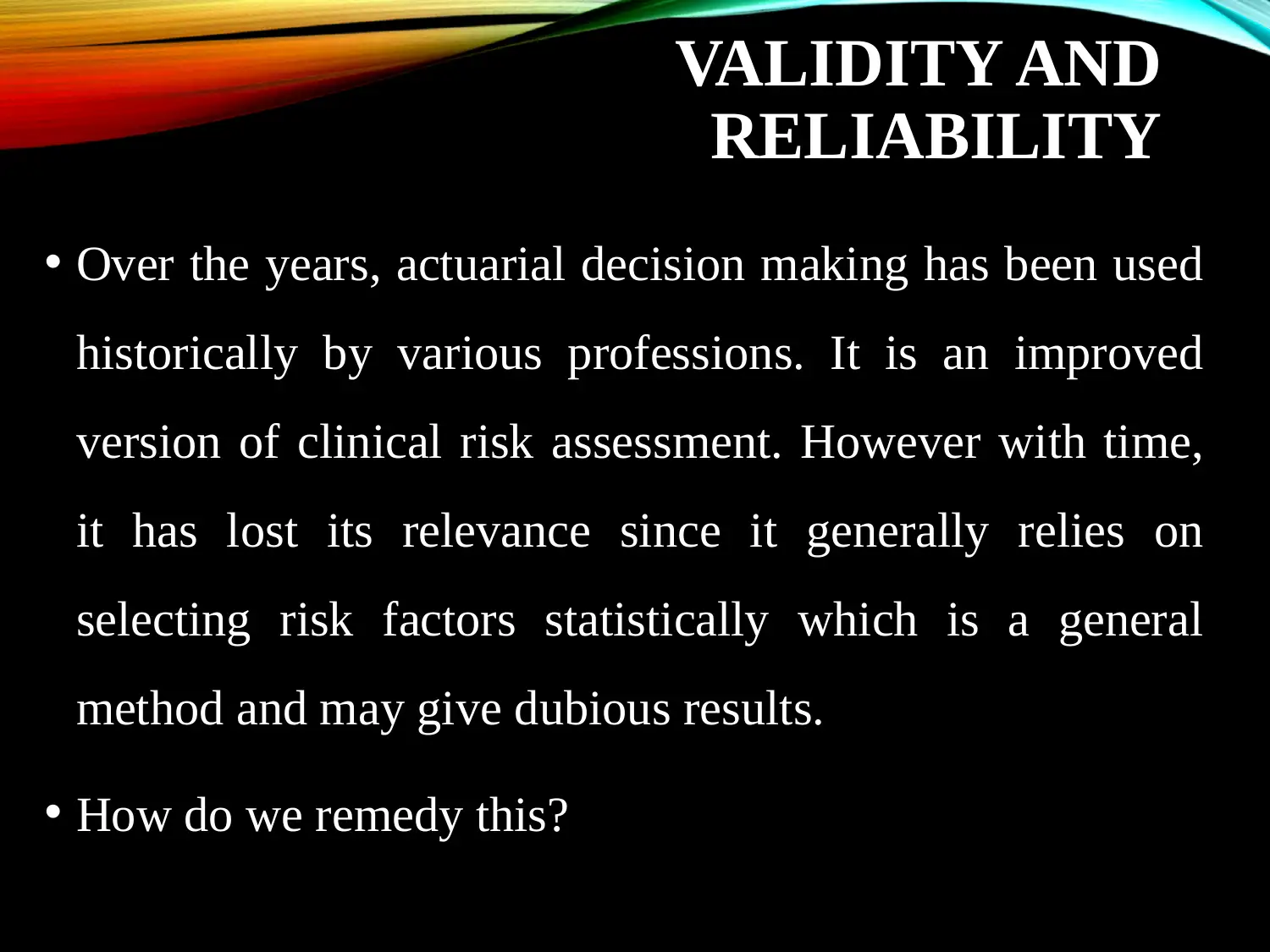
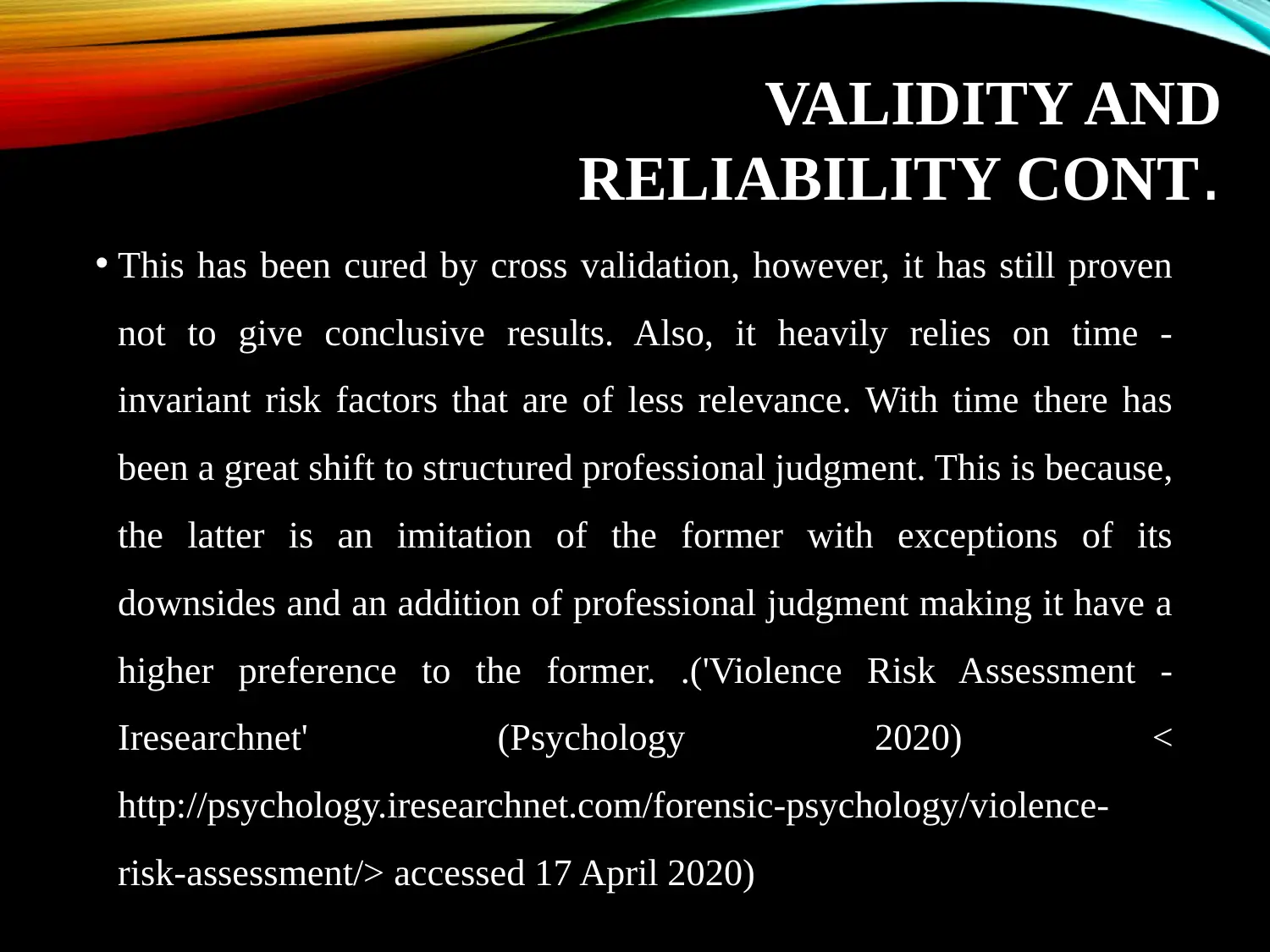
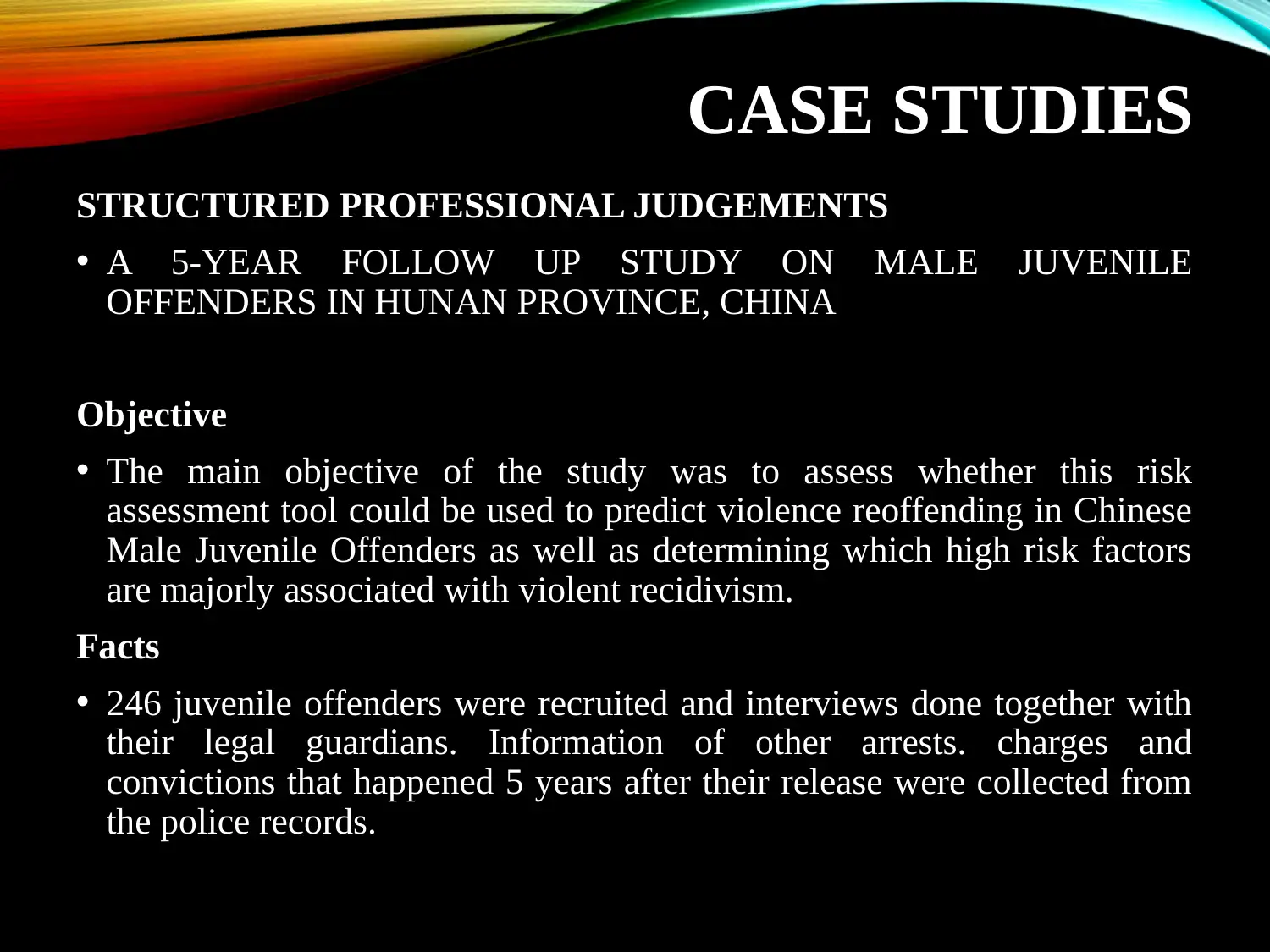
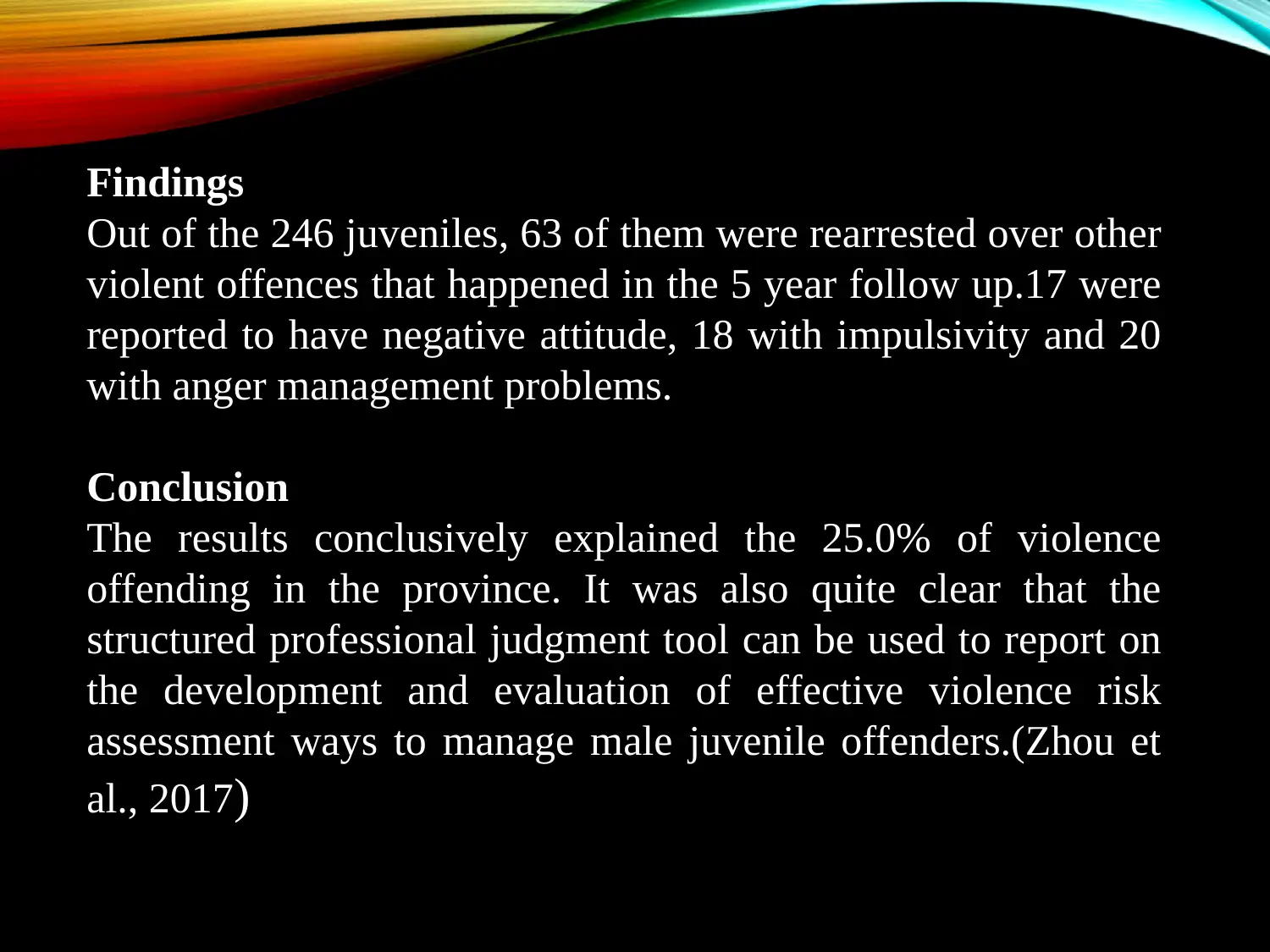

![[object Object]](/_next/static/media/star-bottom.7253800d.svg)